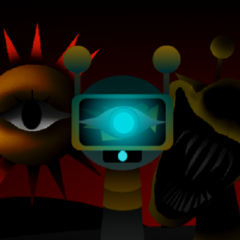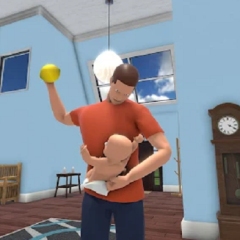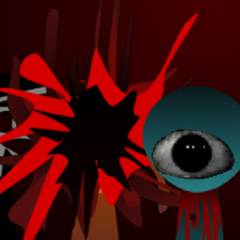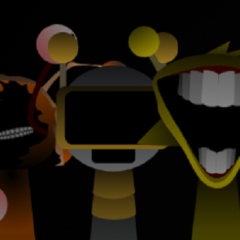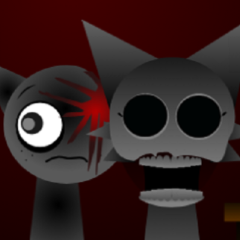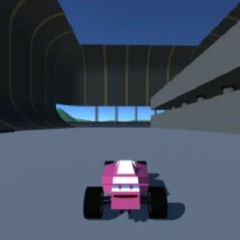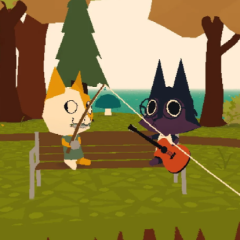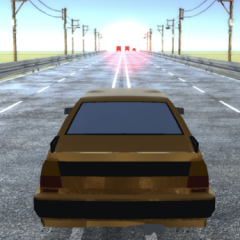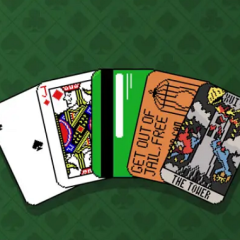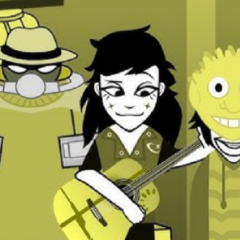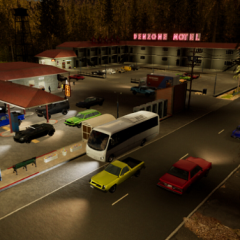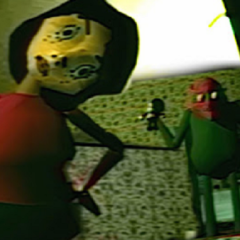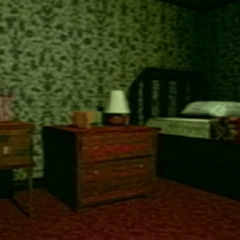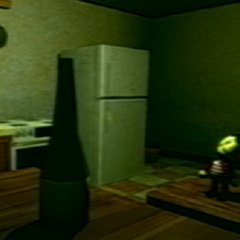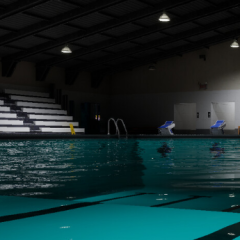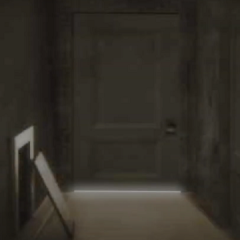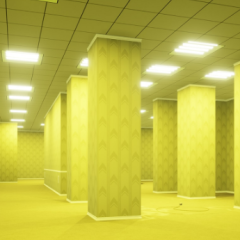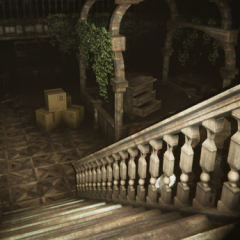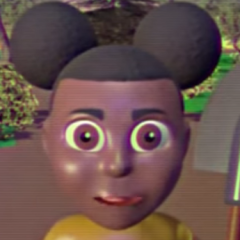Monitoring and Survival Mechanics
The core gameplay revolves around observing security cameras, managing limited power, and closing doors to keep the characters from entering the office. Each in-game night increases in difficulty as the characters become more active and unpredictable. The player must learn the behavior patterns of each character and respond quickly to avoid being caught, while balancing resource use to avoid running out of power.
Character Behavior and Game Structure
Every character in the game has unique movement paths and behavior patterns. The player must study these movements through the camera system and adjust their strategy accordingly. Timing and decision-making become increasingly important as the player progresses through the nights and the challenges intensify.
Main gameplay elements include:
- Switching between multiple security cameras
- Tracking character movement across different rooms
- Closing doors and turning on lights to block entry
- Managing limited energy resources
- Surviving five nights with increasing difficulty
- Reacting quickly to unpredictable changes
- Using sound cues to detect nearby threats
Tone and Presentation
Unlike traditional horror games, five nights in anime uses a style and theme focused on parody and exaggeration. While the core mechanics remain tense and require quick reactions, the tone is more playful and stylized. The game leans into visual humor and exaggerated design, attracting attention through its contrast with the typically dark atmosphere of the genre.
Five Nights In Anime offers a different take on the survival formula, blending familiar mechanics with an unconventional presentation. While not intended as a serious horror experience, it retains the same structure that challenges a player’s timing, awareness, and resource management. The game appeals to a specific audience that enjoys genre twists and alternative interpretations of familiar gameplay systems.





